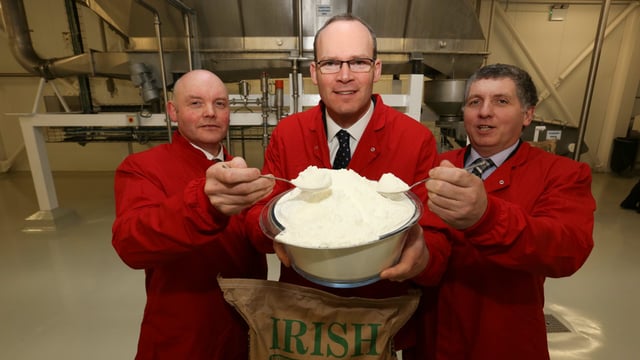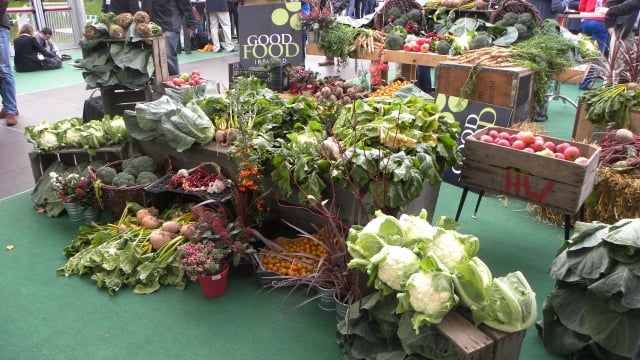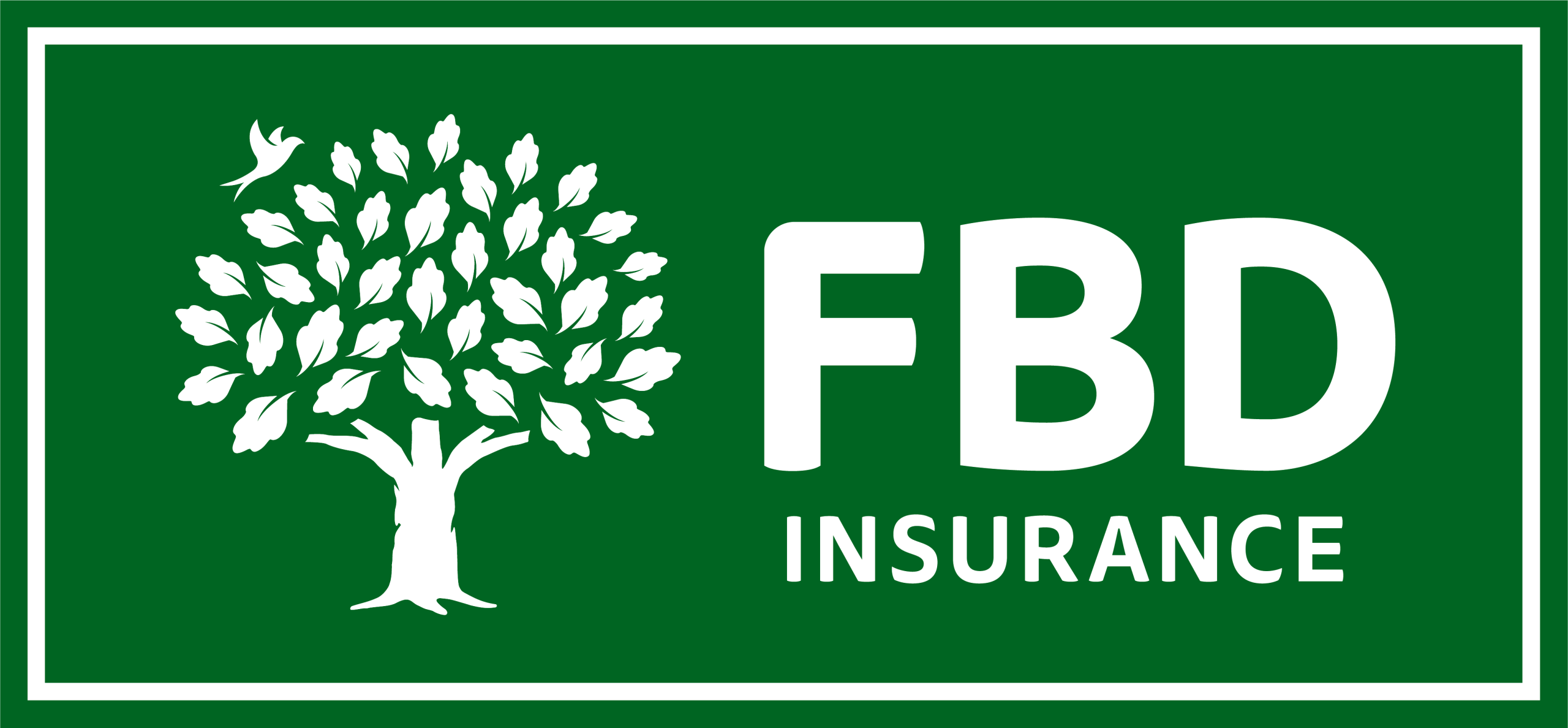Getting purchased cattle off to the best possible start
With the autumn sales starting to gather pace and expecting to peak over the next 4-6 weeks, there is strong demand for cattle and good prices are being paid. And according to Alltech’s Colm Duffy, this is making it increasingly important to keep animals healthy and thriving.
“Today, the greatest challenge beef finishers face aside from the poor beef prices are getting cattle started onto a new diet upon arrival and issues with respiratory problems. Failure to adequately address these issues impacts dramatically on productivity.
“Cattle coming home from marts or even coming from pasture indoors for finishing are subject to several stress factors such as weaning, mixing with new groups, new surroundings as well as feed and water restrictions. If these factors are managed incorrectly animals are more susceptible to bovine respiratory diseases (BRD). Nutritional management on arrival is an important factor in maintaining animal health. This is one of the reasons why animal performance over the finishing period can be poor.
“Many farmers are aware of the effects pneumonia can have on animal performance and the treatment cost associated with it. Likewise, animals who are scouring as a result of poor management and nutrition at arrival will also never realise their full potential, resulting in a loss of production and profitability. Some experienced farmers will have a specific routine in place regarding management on arrival that works. Now is the time to put that plan in place but be prepared to look at other ways on farm to minimise problems. Three main areas that this plan should focus on are management, environment and nutrition.”
Colm has outlined for the benefit of Agriland readers the key issues that finishers should address as they strive to maximise the performance of their stock over the coming months. These are:
- Management
The key point here is to reduce stress factors.
- Purchased animals should be housed or if possible, placed in a small well fenced paddock
- Animals should be grouped by weight upon arrival
- Keep group size small, 10-15 animals
- Providing plenty of pen space per head along with small even groups helps to reduce competition and bullying
- Purchased animals should be vaccinated. Treatment for internal and external parasites is also recommended
- Environment
- Housing purchased animals on straw bedding if possible, improves animal comfort which helps to reduce stress and the incidence of BRD
- Animals should remain in this area for 20-30 days
- The bedded area must be kept clean so new bedding should be added every 1-2 days
- Ventilation can have a big impact on animal health and performance so if your shed is smelly it is most likely not well ventilated
- A good supply of fresh water should be made available and needs to be easily accessible
- There should be enough space at the feed barrier for every animal to feed at once. This prevents competition and minimises the risk of digestive upsets
- Nutrition
Greater attention needs to be paid to nutrition at arrival. In many cases, there is room for improvement here in minimising digestive upsets, maximising rumen function and reducing immune suppression.
The ideal scenario is to have a specific diet for new animals on arrival low in protein and energy. This is for the first 20-30 days. However, given the scale of Irish farms and the way in which most animals are purchased, this is not always practical. Some farms are using a finishing diet with added straw or silage to dilute the energy level and increase the level of fibre. In most cases this can work but attention needs to be paid to mineral supplementation and crude protein level of the overall diet. Giving animals free access to good quality hay, something which should be in good supply this year, can also be of benefit. The benefit of including Yea-Sacc®, Alltech’s patented live yeast technology, here and right through the entire finishing period should not be underrated. With an increase in dry matter intake and a more stable rumen environment Yea-Sacc has been shown in several trials namely at Teagasc Grange and Harper Adams University, to increase daily liveweight gain more efficiently, with 10% more beef at the end of the finishing period.
There are a number of strategies and programmes available whereby, upon implementation, can dramatically improve efficiencies at the various stages in the finishing period. This will in turn result in greater profitability.





